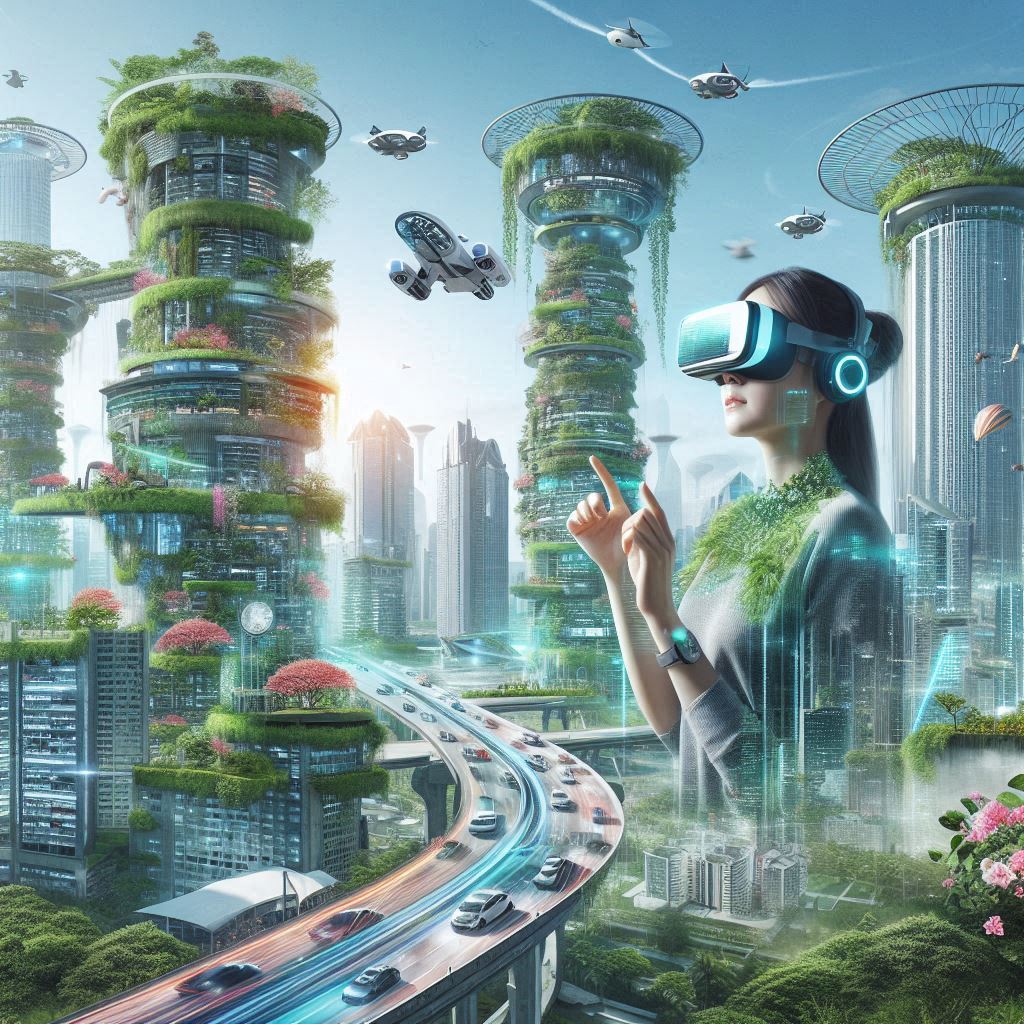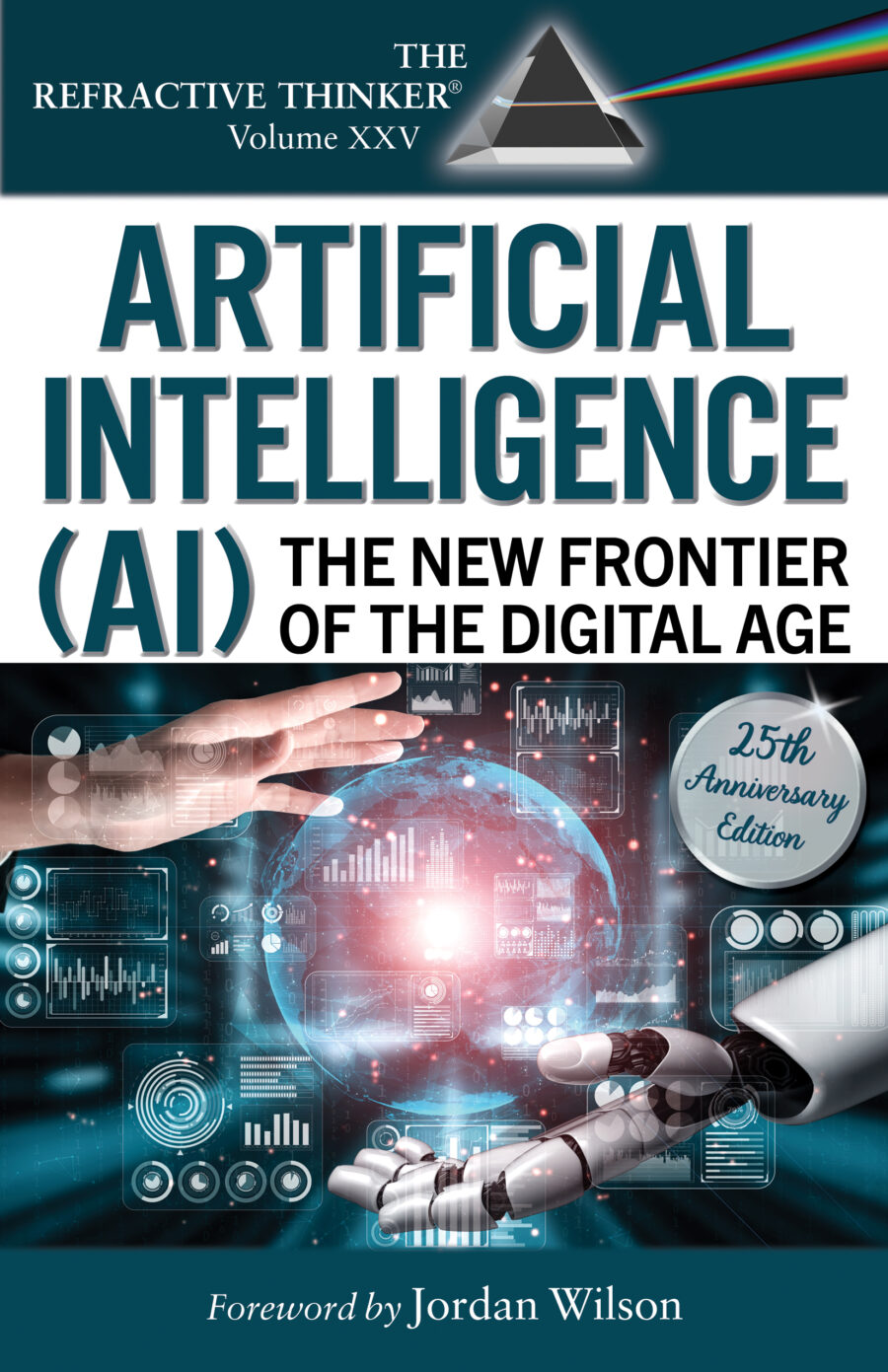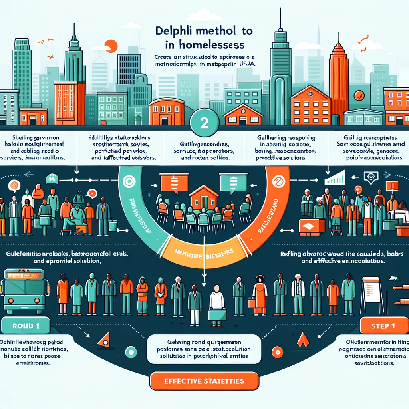
In the process of creating the special acknowledgement for all the innovation throughout history that resulted in AI, GenAI more specifically… I was lured to getting my fav GenAIs to work on the case. WoW!


In the process of creating the special acknowledgement for all the innovation throughout history that resulted in AI, GenAI more specifically… I was lured to getting my fav GenAIs to work on the case. WoW!

Book(s) Release Today Thurs, June27th ! ! ! … Human + Artificial Intelligence ... Special promotion price! $1.99 !
UPDATE: #1 BEST SELLER in multiple categories in the USA. International is still counting… See links below… ! 🙂
Today is the BIG launch of latest Refractive Thinker® book, an Anthology with a dozen authors, including yours truly! Today we welcome Vol XXV: Artificial Intelligence The New Frontier of the Digital Age—the 27th volume in the #1 International Best Selling series for and by doctoral scholars from around the globe.
Refractive Thinker eBook for the USA. https://www.amazon.com/dp/B0D7QR183G As of June 29, this promotion is still active… aiming for International best seller status! …

These are the GenAI prompts used to gather information about intellectual property (IP) and the world of artificial intelligence (AI), i.e., IP+AI. This is part of our Regenerative AI project; recreate as needed, when needed, with the GenAI engines available to you at that time. Select results from various Generative AI engines (ChatGPT 4.0, Gemini, Claude, Copilot). Look at writing and analysis of Human + Artificial Intelligence by Hall and (Hall & Lentz, 2024) over at ScenarioPlans.com (alias to DelphiPlan.com).
You the reader/user can recreate the prompts as needed, when needed, with the GenAI engines available to you at that time. Note that a couple prompts are included with multiple GenAI engines for comparison.

These are the prompts used to gather information about homelessness and to develop a Delphi Method study to research causes and possible interventions (locally). This is part of our Regenerative AI project; recreate as needed, when needed, with the GenAI engines available to you at that time. (Reprinted with permission from authors at NonprofitPlan.org and some adaptation here.)
Select GenAI results as of April 2024 of Delphi Research on Homelessness (from ChatGPT 4.0, Gemini, Claude, and Copilot) are available in this pdf document.
Powered by WordPress & Theme by Anders Norén